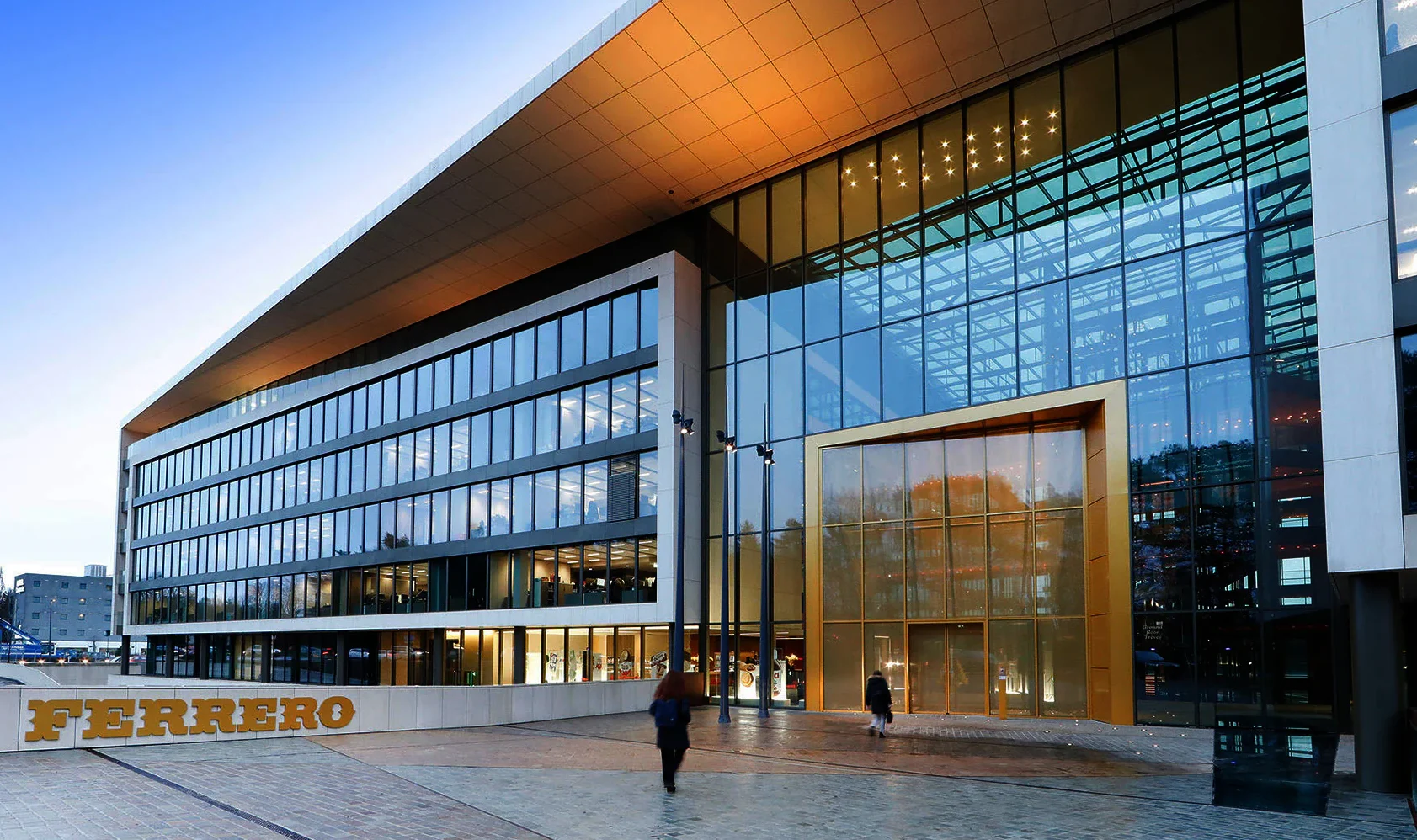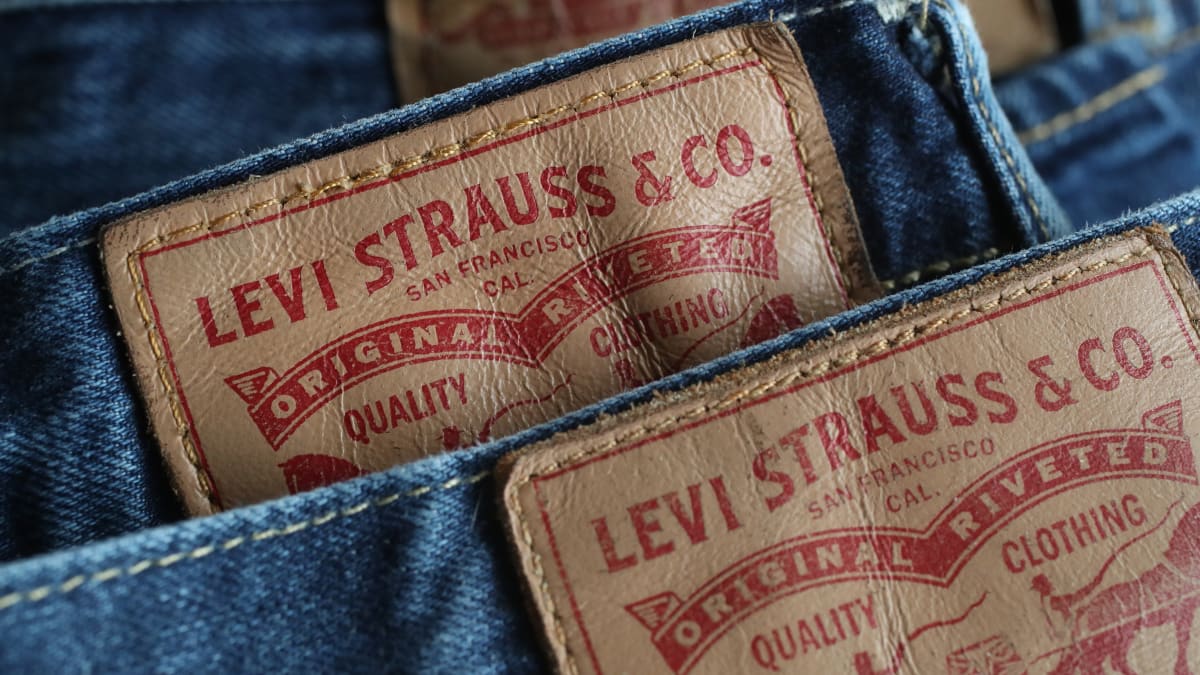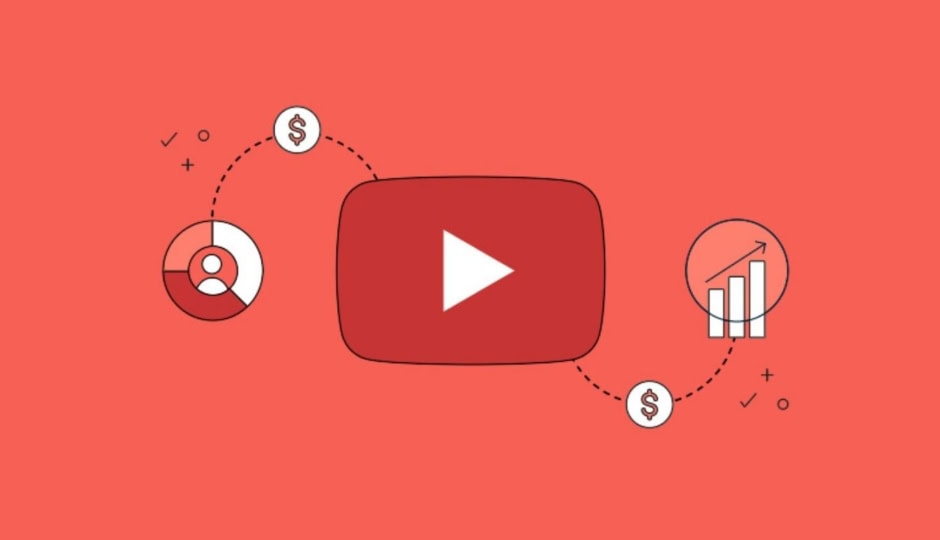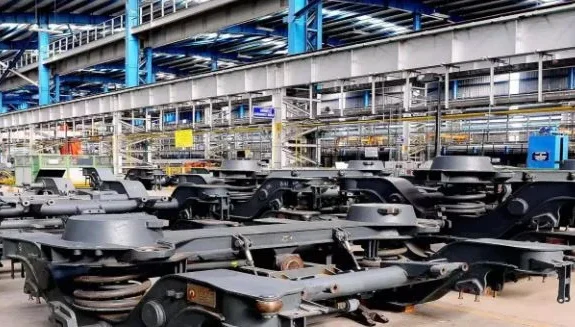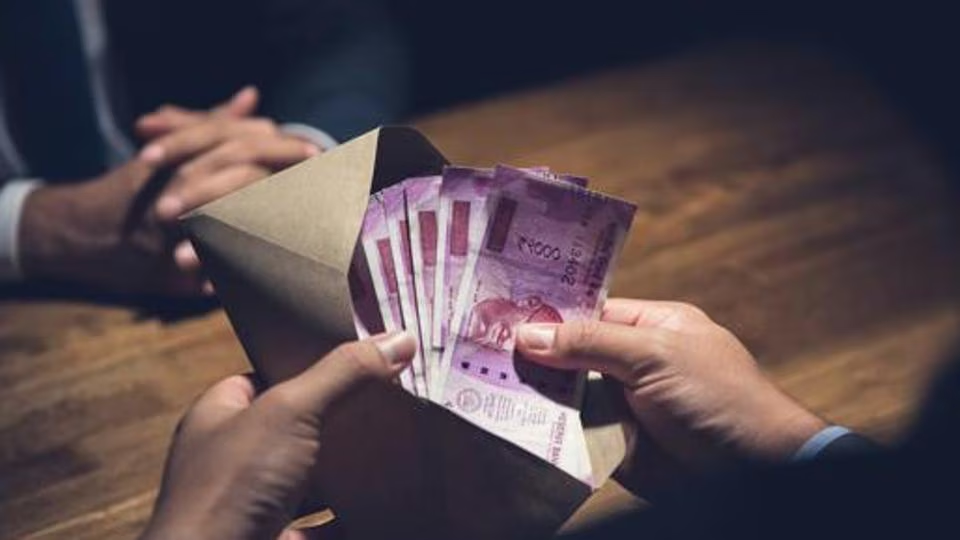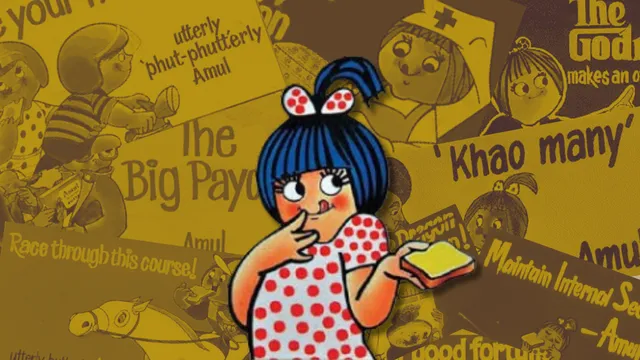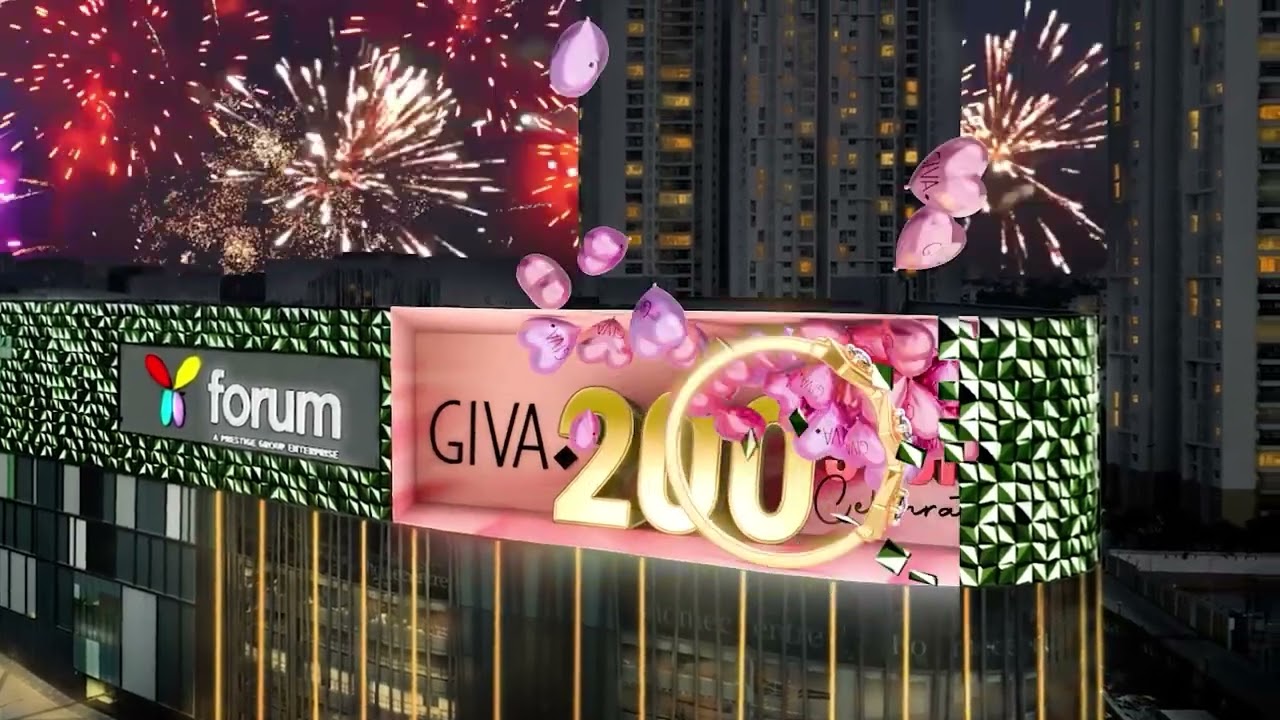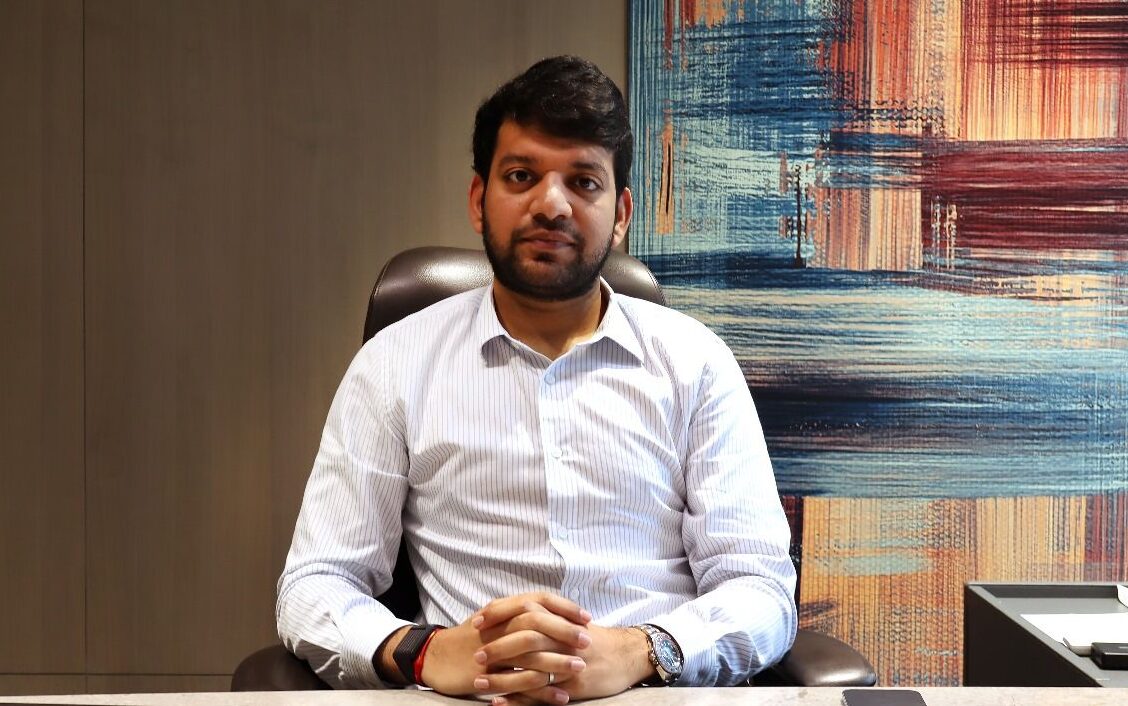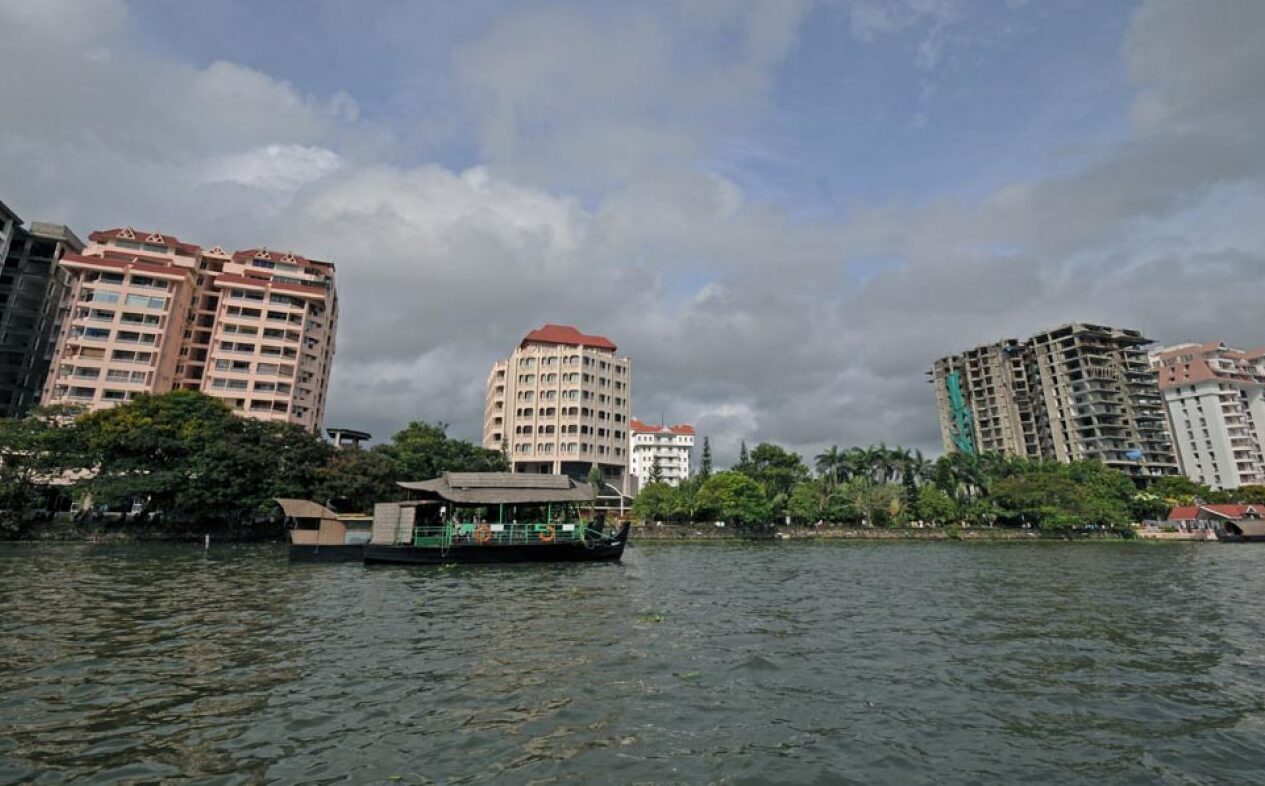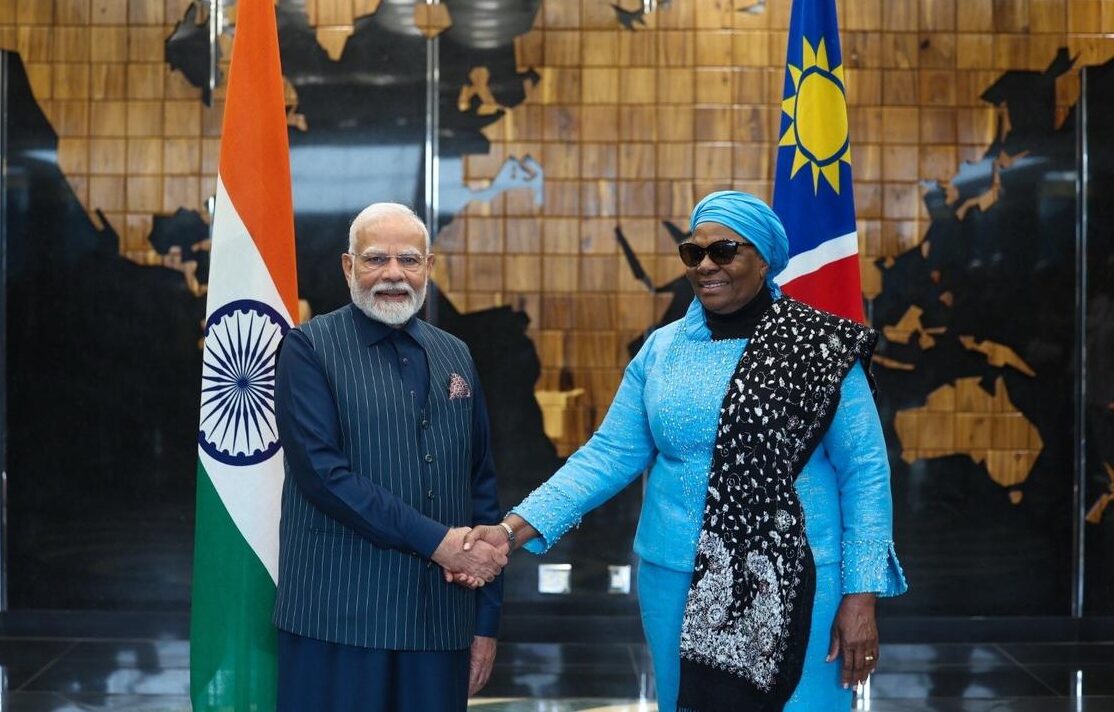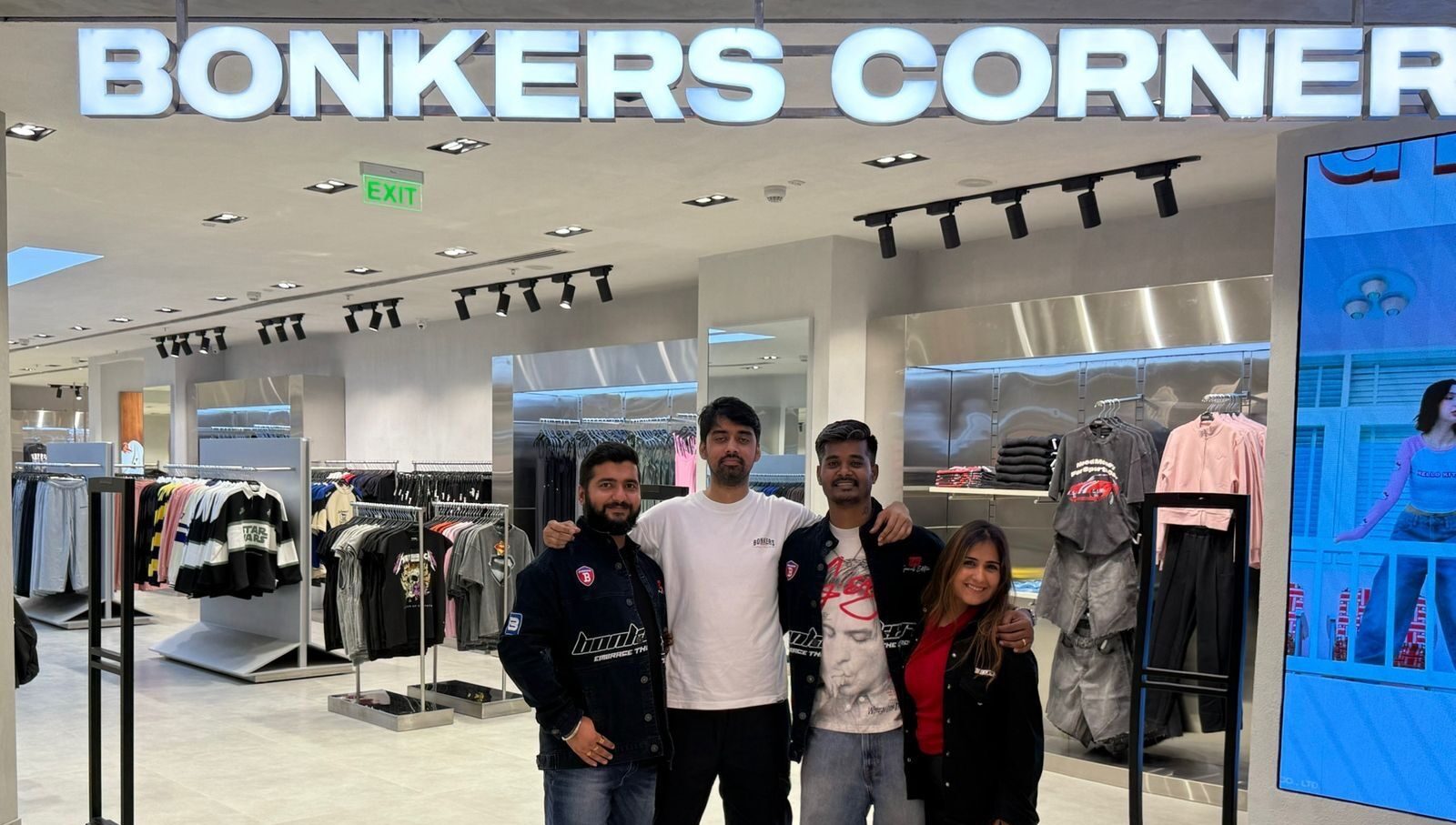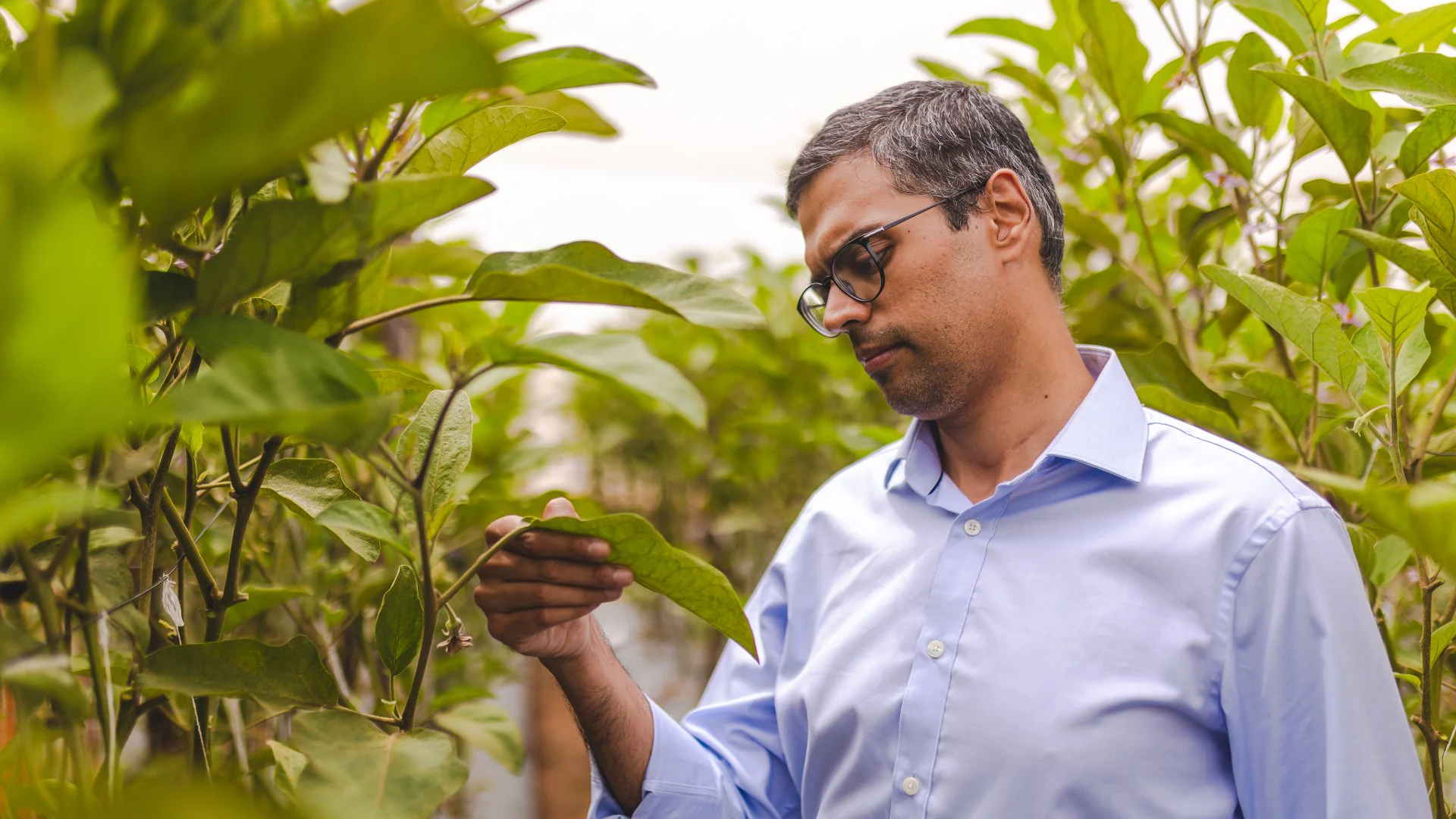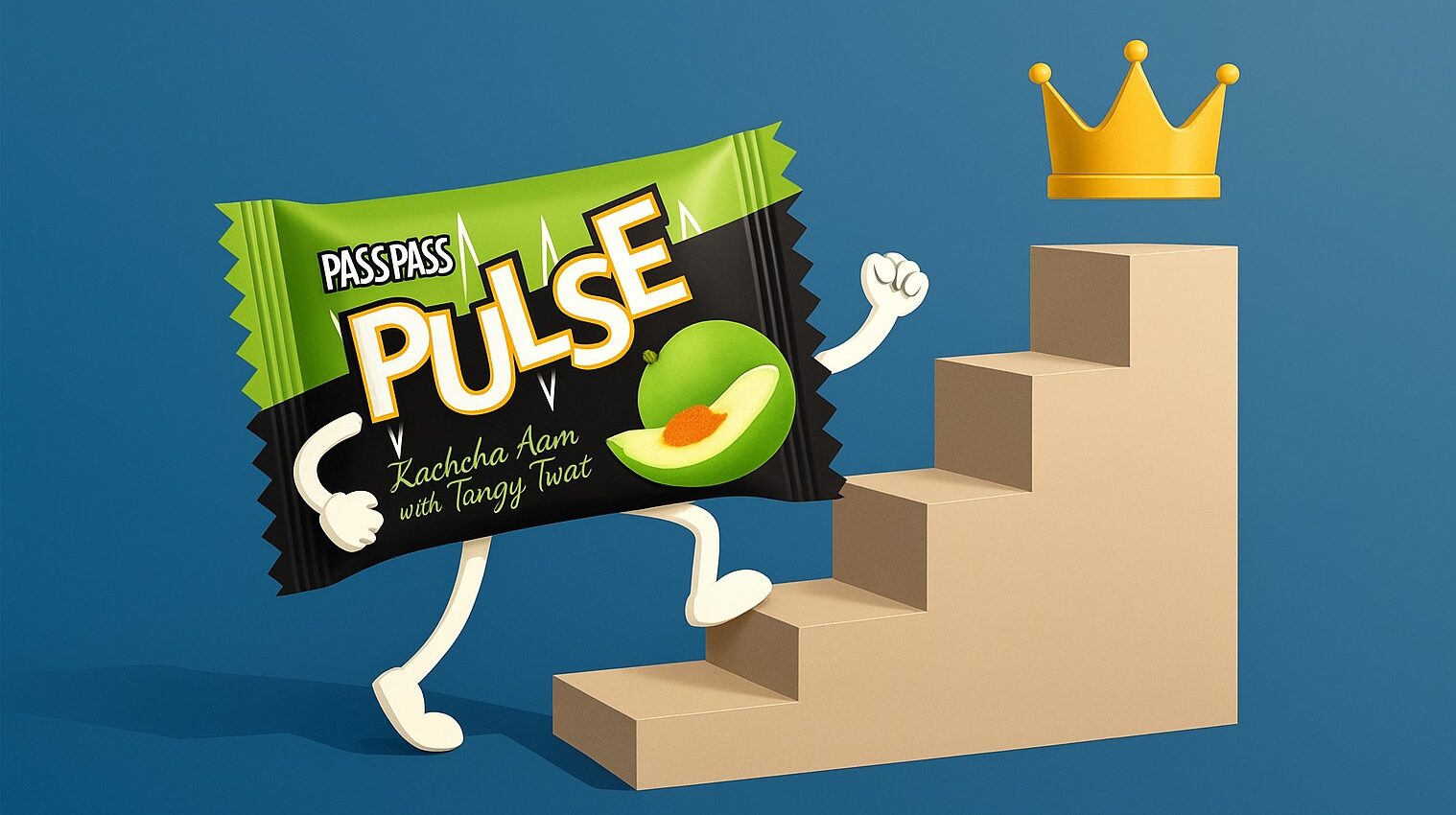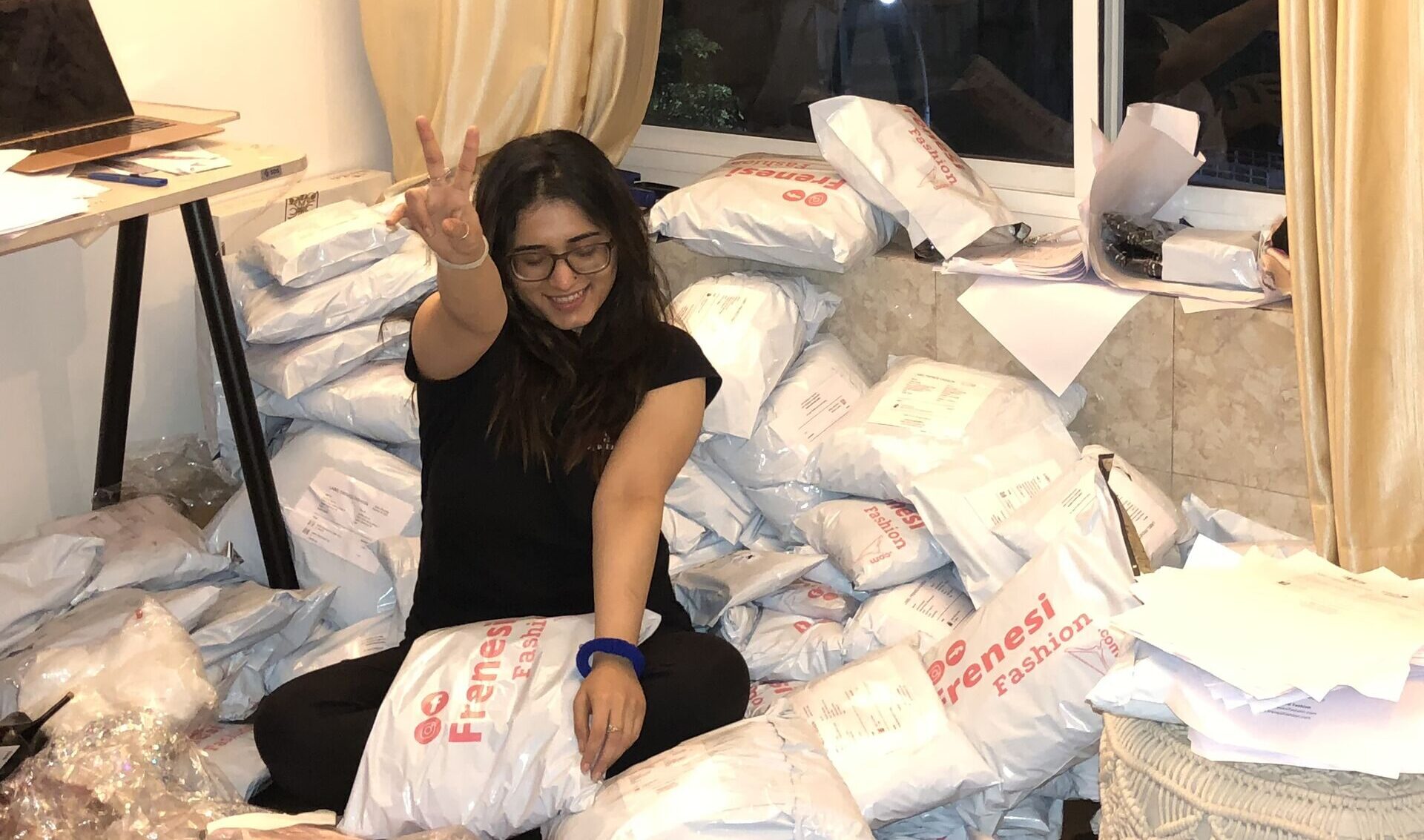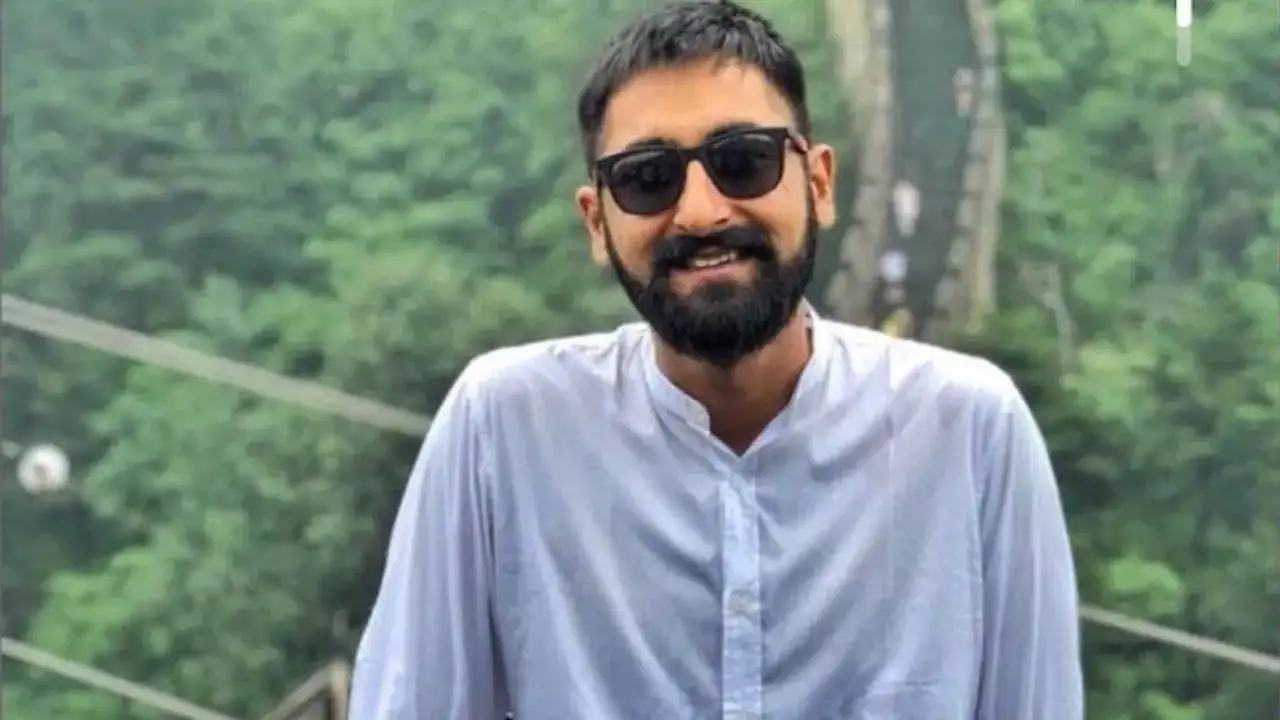If you’ve been online recently, you’ve probably noticed the Studio Ghibli AI Image trend taking over social media. This trend has captivated audiences worldwide, from major brands leveraging AI-generated Ghibli-style visuals to evoke nostalgia to users transforming themselves into anime characters as pretty as a picture. Its widespread appeal highlights the growing influence of AI in creative spaces and has collected both commendation and criticism.
What is the Ghibli AI Image Trend?
The Ghibli AI image trend, introduced by Open AI’s ChatGPT, involves the use of artificial intelligence to create images that imitate the signature style of Studio Ghibli, the legendary Japanese animation studio which is known for its remarkable work in movies like My Meighbour Totoro, Spirited Away, Ponyo and more.
With ChatGPT’s newly introduced version GPT-4o, users can transform images into stunning, soft-colored landscapes and people into charming anime-style characters. This AI-driven feature has gained widespread popularity, allowing fans to experience the nostalgia of Ghibli’s aesthetic in a new, digital way.
But Why the Criticism on AI Generated Art?
Like any other innovation, this trend has also raised some eyebrows and faced backlash for lacking human craftsmanship and emotional depth for creating animated characters,
Apart from this, some artists have also raised ethical concerns on artificial intelligence tools for being well-equipped in mimicking the existing artwork and raising copyright and originality issues.
Amid this trend, a 2016 criticism by Hayao Miyazaki has resurfaced, condemning the use of AI-generated art. Miyazaki, the co-founder of Studio Ghibli, well-known for his hand-drawn approach to storytelling, has criticized the use of AI, calling it “an insult to life itself.”
The ‘Melting’ ChatGPT GPUs
Apart from the criticism, this newly introduced feature is selling like hotcakes. Sam Altman, the CEO of OpenAI, recently took to social media to address the escalated demand for this new feature, noting that the Ghibli AI image trend and similar viral applications are placing an immense strain on their GPUs.

In his post on X, he used the term “melting” to illustrate the severity of the situation, emphasizing how their graphic processing units are being pushed to their limits. Highlighting the pressure and well-being of his team, he also posted to keep it slow, his team needs some rest.

This underscores a broader challenge in the AI industry—the growing demand for computational power and the potential shortages of high-performance chips required to keep up. As AI adoption accelerates, companies like OpenAI must navigate the difficulties of maintaining efficiency and hardware sustainability in an increasingly AI-driven world.
Wind-up
The rise of the Ghibli AI image trend reflects the growing influence of artificial intelligence in creative spaces and human lives, sparking both exhilaration and debate. No doubt, artwork generated using AI offers new possibilities for digital creativity but also raises ethical concerns about copyright, originality, and the diminishing role of human craftsmanship.
Meanwhile, OpenAI faces challenges in keeping up with the overwhelming demand for AI-powered tools, as CEO Sam Altman himself acknowledged the strain on GPUs.
As AI continues to evolve, the conversation around its role in art and creativity will only grow louder. Whether it is seen as a tool for artistic expansion or a threat to traditional craftsmanship, one thing is clear—AI is reshaping the creative landscape in ways that demand careful consideration and ethical discussions.
Read More: Can AI Image Generators Threaten Graphic Design Jobs?










